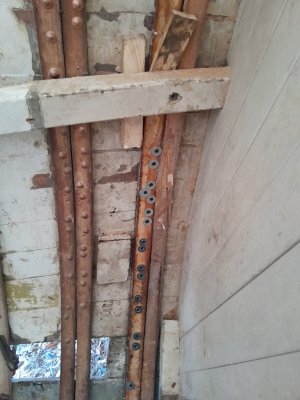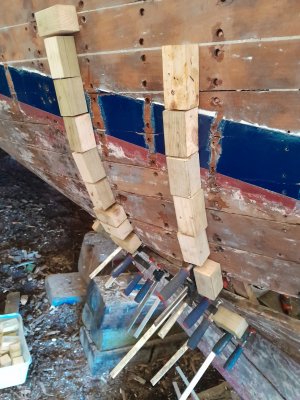Keith 66
Well-Known Member
Usually much quicker to steam bent the timbers provided you can get them into place OK under the beamshelf and bilge stringers.
Iroko steams quite well too – Dagless used Iroko steam bent timbers in many of their Fleur de Lys class motor yachts. Worth trying.
Cheers -- George
Are you sure it was Iroko? post war rock elm was becoming scarce & an alternative steaming timber called Danta became popular until it too became scarce. I used some in the 80's (left over old stock) It steamed ok & looked like reddish iroko with heavily interlocked grain.
Another good timber for steaming is Locust or False Acacia, it is highly durable & a surprising amount of trees are about though it rarely comes available.



